Japan Report Ten 令和5年
From Bujinkan Santa Monica by Michael
I got up early for a long train ride to 石神井城跡 Shakujiijō ato. I wanted to investigate the ruins of Shakujii castle. This also gave me some time for reflection on my training here in Japan and to add more detail to my training notes.
 |
| My view on train ride to 石神井城跡 Shakujiijō ato, photo by Michael Glenn |
Last night in Furuta Sensei’s class we were training in the old middle school gymnasium. He warmed us up with a bunch of ukemi practice. I was doing ok until he went into the standing forward breakfalls. For some reason after about ten of these, fatigue got the best of me. Maybe all of the classes are catching up to me.
After that he went into basic 捕手基本型 Torite Kihon Gata. We did 表逆 Omote Gyaku and 裏逆 Ura Gyaku. He had a particular focus on the line of entry to affect balance.
Furuta Sensei evolved the technique from there to do 輦輿 Ren’yo. He kept saying 斯う入る kō hairu, or enter like this. He really emphasized the 雲隠流 Kumogakure Ryū way of entering to set up the technique.
Next he showed 橰 Kō or 撥釣瓶 Hanetsurube. Again, the focus was on the entry. With this in mind, he gave us detail for how to set up the gedan uke.
If you know these kata, you know that the ukemi is not easy. The uke must take care not to be slammed head first into the ground. Furuta Sensei asked us to demo at the end of class.
My training partner was Peter Crocoll. He demonstrated first and really put the pressure on. I went flying in an effort to protect myself with ukemi.
Then Furuta Sensei said I should do it on Peter with “extra spice.” I figured I could get a little revenge and I went in with an energetic timing. Peter hit the mat hard and did not get up.
The entire class came over to check on him. We helped him off to the side of the dojo so he could recover. I felt bad but Peter said that he had brought it on himself by doing the technique so hard on me.
Peter has an old neck injury. He said when I slammed him down it created a kind of whiplash effect. Luckily, after a short rest he said that he felt better.
I’ve noticed that injuries often occur during demonstrations. When students are put on the spot and have an audience, their adrenaline goes up and they try to show their technique. This means that they might rush or do the technique harder or in a more realistic manner. We all need to be careful with demonstrations because I have witnessed many awful injuries and broken bones during these moments.
When I arrived at the site of the old Shakujii castle, the beauty of nature was there to greet me. The Fall colors, along with many herons, ducks and crows were reflected in the waters of 三宝寺池 Sanpōji-ike. This atmosphere caused me to reflect on some lessons from nature taught to us by Hatsumi Sensei.
I sat next to the lake to enjoy the view and to eat some メロンパン melonpan. Shakujii castle was property of the 豊島氏 Toshima Shi, from Kamakura period until it was detroyed in battle in 1477, during the Muromachi era. The only obvious ruins are some ramparts and remnants of a moat.
During one Daikomyosai with Hatsumi Sensei, we trained outside under the Japanese maples. He made the sign of 天略宇宙合掌 Ten Ryaku Uchū Gasshō with his hands. He told us that when you are out in nature you must know 自然の方程式 Shizen no hōteishiki.
Shizen no hōteishiki are the equations that describe nature and natural phenomena. The forces of nature can be described in equations. And if we know these we can have power over nature. But Soke did not mean this in a purely mechanistic approach.
If you remember studying with Hatsumi Sensei, his classes were full of laughter and good humor. He even told us that laughter is a form of self defense. We should enjoy our study of budō.
If you are full of negative emotions and anger, you may make yourself sick. But those negative emotions may also make you respond poorly in emergency situations. A lot of laughter and a good sense of humor in your training will be the best type of self defense.
I watched some crows mobbing the ducks and herons. They engaged in a pitched, aerial battle across the lake. It reminded me of something Hatsumi Sensei told us about facing multiple opponents.
He said that part of 遁形の術 Tongyō no jutsu and being able to escape is to locate the weak point. Soke said that you should engage that which is not engaging you. Maybe one attacker is holding back or less eager to fight then the others. If you engage with that weak point, you might be able to escape.
Even with everyday life problems, when you find yourself facing obstacles, move in a direction where the obstacle is not present. The weak point to escape your trouble is not found while banging your head against the wall. Disentangle from the trouble by engaging with life from a different angle.
During that same lesson, Hatsumi Sensei explained how to use 目潰 metsubushi for Tongyō. One tip that he gave was to know 風向き kazemuki, the direction of the wind. If you are facing a headwind, you can use that against your enemies by throwing the metsubushi into the wind. He said you throw it up and run under, so the metsubushi comes down to hit the people chasing you. This is how you engage opponents in a direction they don’t expect.
I’ve got a few more days left for this Japan training visit. I plan to
study well and train hard. Watch for Japan Report Eleven令和5年 up next at
Rojodojo.
…


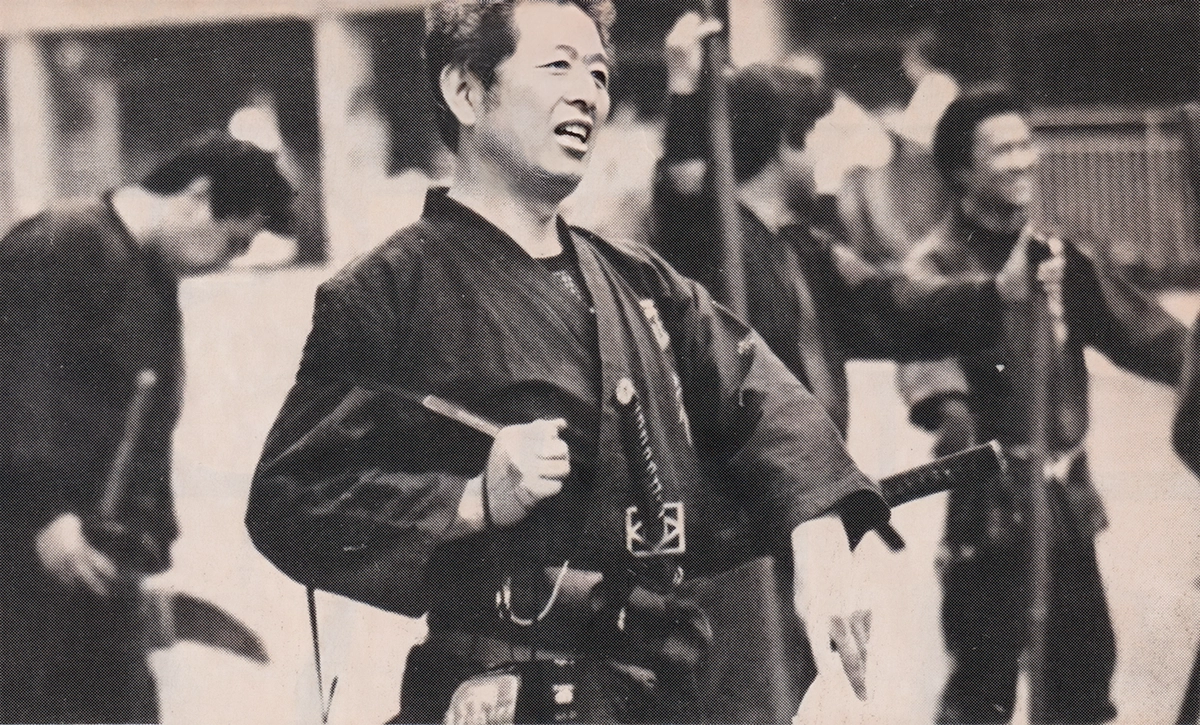

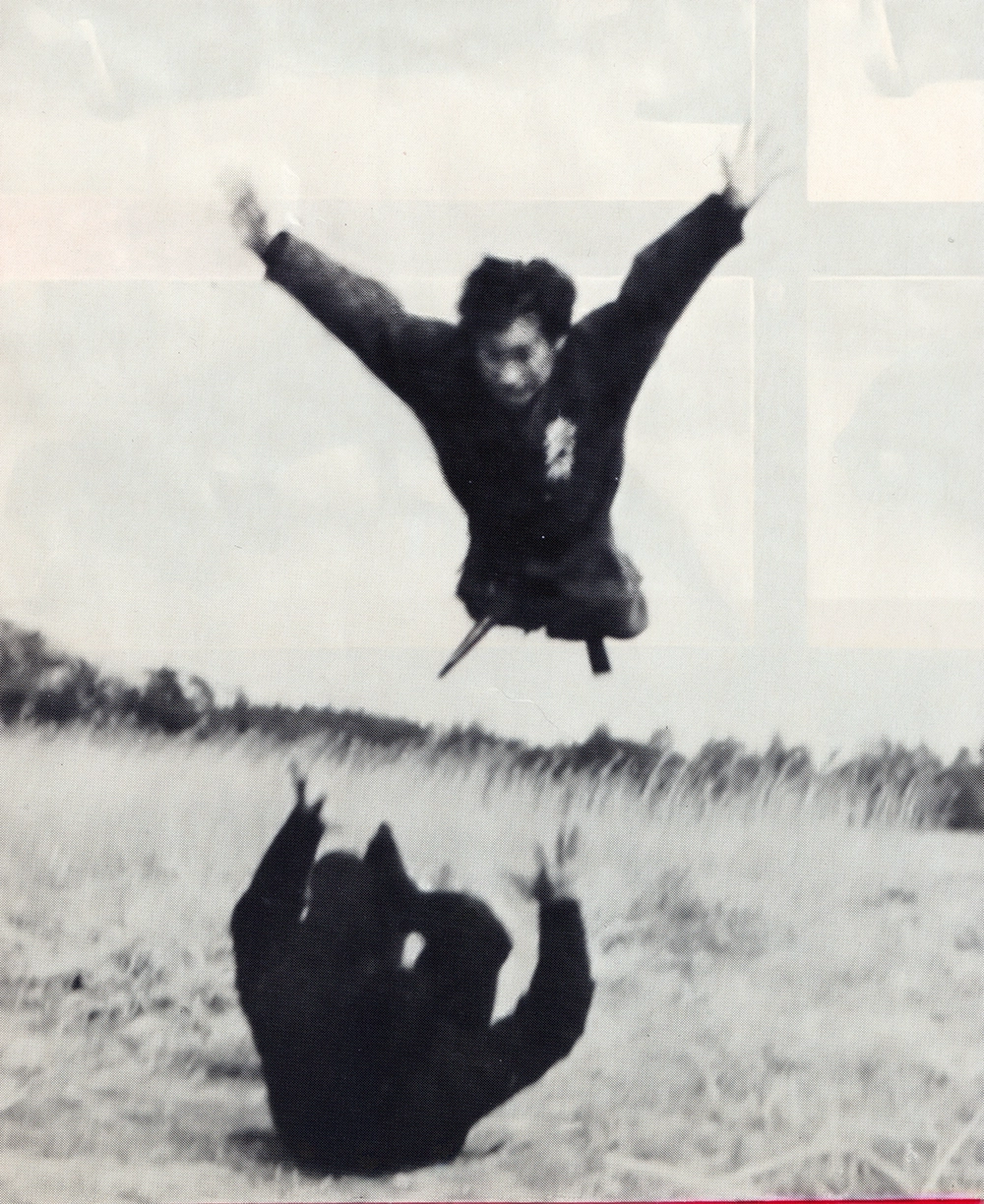
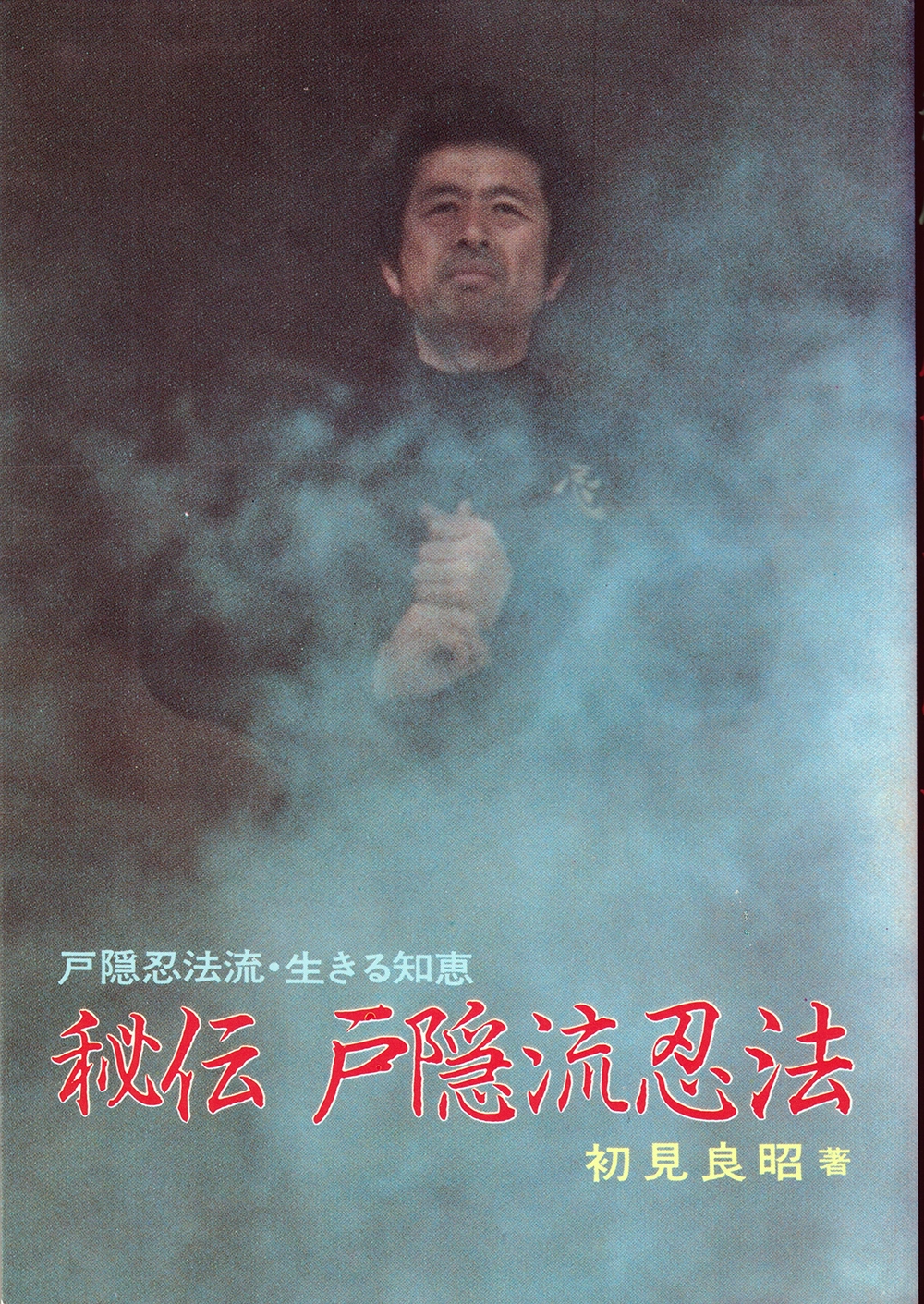
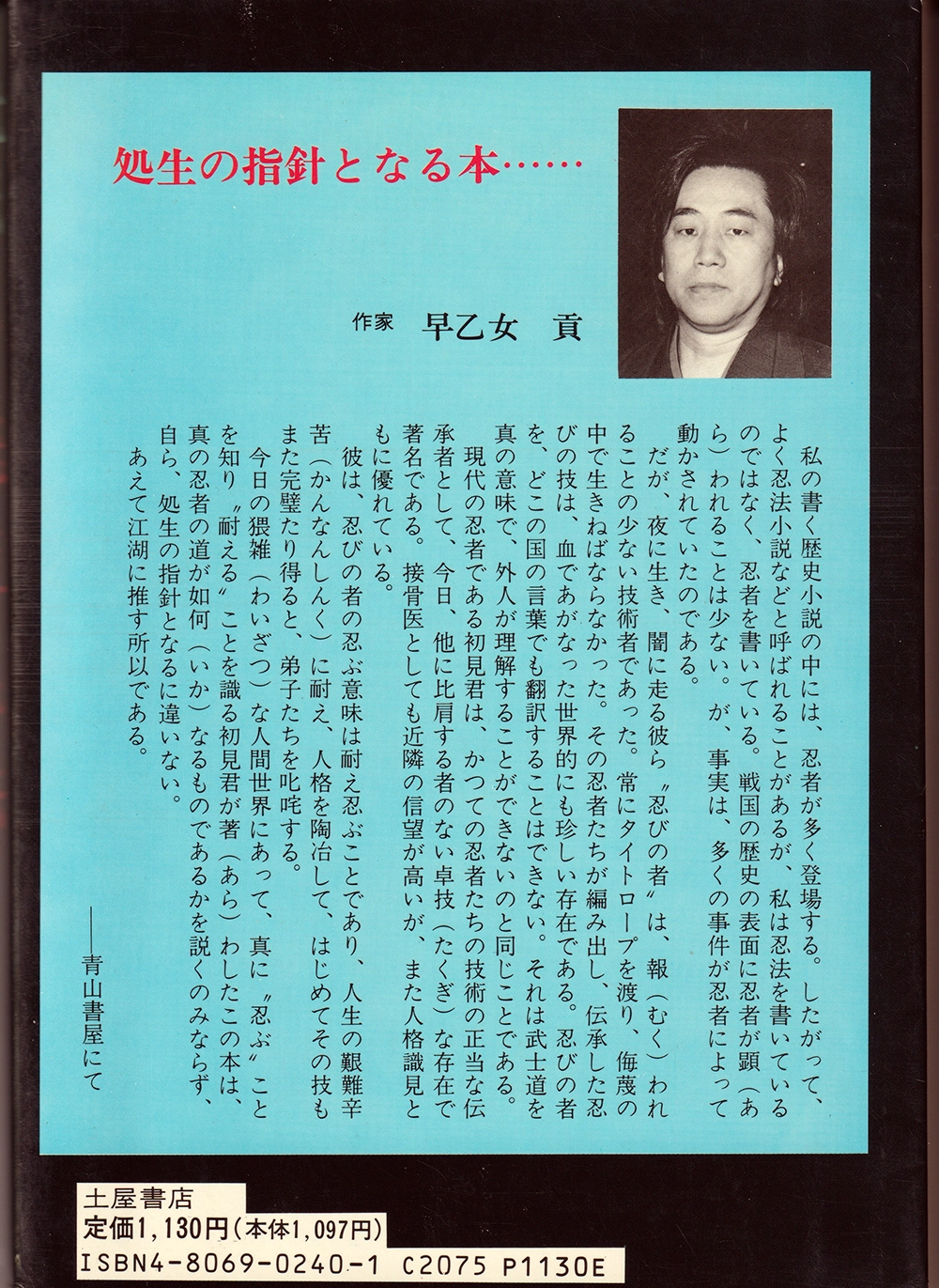

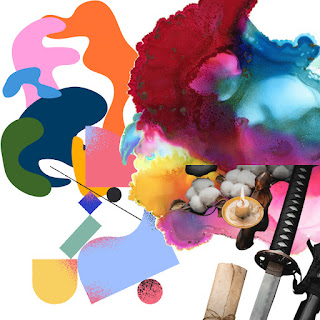
.jpeg)



.jpeg)




